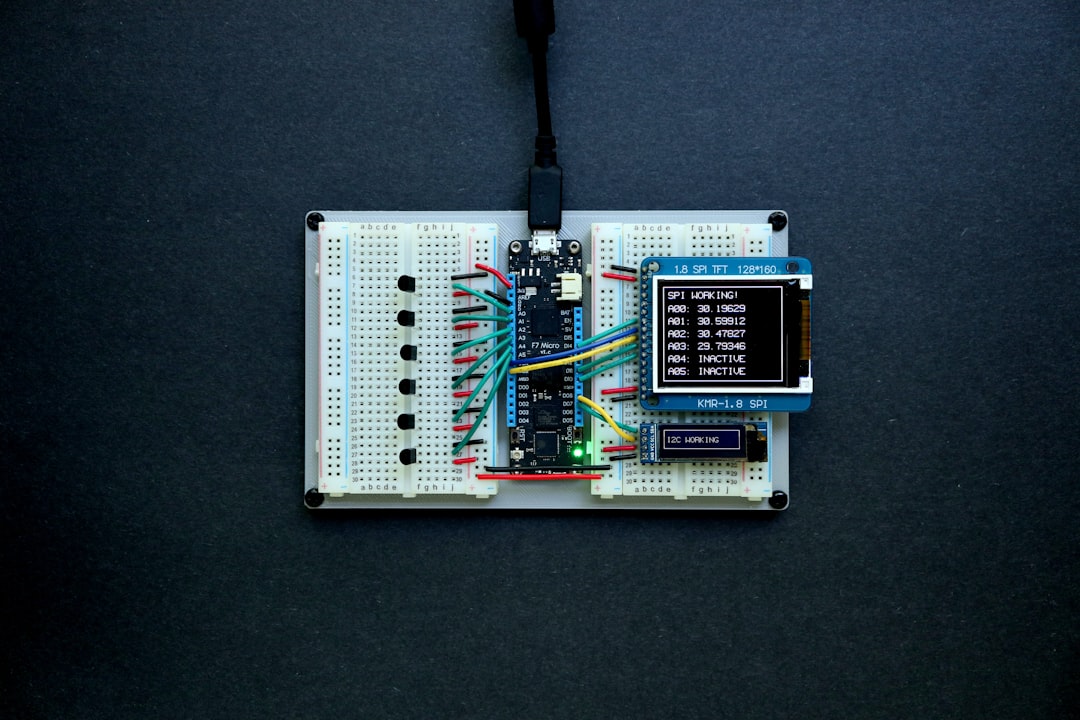
Advanced Dev Strategies for Seamless Integration with Digital Sensors
As technology continues to evolve, the integration of digital sensors into various applications has become pivotal in creating a seamless user experience. Digital sensors are crucial in industries such as healthcare, automotive, and smart home technologies. This article explores advanced development strategies for the seamless integration of digital sensors, highlighting emerging trends, practical applications, and expert opinions.
Understanding Digital Sensors
Digital sensors are devices that convert physical phenomena into digital signals. They capture data from the environment, such as temperature, light, and motion, and transmit this information to various systems for processing. The integration of these sensors into existing platforms can enhance functionality and offer new insights, making seamless integration essential.
Current Developments in Digital Sensor Integration
Edge Computing
One of the most significant trends in the integration of digital sensors is the rise of edge computing. By processing data closer to the source rather than relying on centralized cloud solutions, edge computing reduces latency and improves response times. For example, in autonomous vehicles, real-time data from sensors is crucial for making split-second decisions.
IoT Connectivity
The Internet of Things (IoT) plays a vital role in the integration of digital sensors. By connecting sensors to IoT networks, developers can facilitate real-time data exchange across devices. This connectivity allows for actionable insights and automation. For instance, smart home systems can adjust lighting and heating based on sensor data, improving energy efficiency.
Machine Learning Algorithms
Machine learning algorithms are being employed to process the vast amounts of data generated by digital sensors. These algorithms can identify patterns and anomalies, enabling predictive maintenance in industrial settings. For example, manufacturing companies can analyze sensor data to predict equipment failures and schedule maintenance proactively.
Advanced Development Strategies
1. Standardization of Protocols
To achieve seamless integration, developers should adhere to standardized communication protocols such as MQTT (Message Queuing Telemetry Transport) or CoAP (Constrained Application Protocol). These protocols facilitate interoperability between different devices and platforms, ensuring that data from various sensors can be communicated effectively.
2. Modular Architecture
Building a modular architecture allows for easy updates and scalability. By designing systems with interchangeable components, developers can integrate new sensor technologies without overhauling existing infrastructure. This approach not only saves time and resources but also future-proofs applications against rapid technological advancements.
3. Comprehensive Testing
Before deployment, it is crucial to conduct thorough testing of the integrated system. This includes unit testing of individual sensors and integration testing to ensure that all components work harmoniously. Automated testing frameworks can streamline this process, ensuring that the final product meets performance standards.
4. User-Centric Design
A user-centric design approach is essential for ensuring that the integration of digital sensors enhances user experience. By involving end-users in the design process, developers can identify pain points and tailor solutions that meet their needs. This strategy can lead to increased adoption and satisfaction.
Practical Applications of Digital Sensors
Smart Cities
Digital sensors are transforming urban environments into smart cities. By integrating sensors into infrastructure, cities can monitor traffic patterns, air quality, and energy consumption. For instance, cities can employ smart traffic lights that adapt to real-time traffic conditions, reducing congestion and improving safety.
Healthcare Innovations
In the healthcare sector, digital sensors play a crucial role in patient monitoring and telemedicine. Wearable devices equipped with sensors can track vital signs and transmit data to healthcare providers for continuous monitoring. This integration allows for timely interventions and personalized patient care.
Agriculture Technology
Digital sensors are also making waves in precision agriculture. By integrating soil moisture sensors and weather data, farmers can optimize irrigation and reduce water usage. This approach not only boosts crop yield but also promotes sustainable farming practices.
Expert Opinions
According to Dr. Jane Smith, a leading expert in sensor technology, “The future of digital sensor integration lies in our ability to harness data effectively. Advanced algorithms and AI will play a crucial role in extracting actionable insights from sensor data.”
Further Reading and Resources
For those interested in exploring more about digital sensor integration, consider the following resources:
By leveraging these advanced strategies, developers can ensure the seamless integration of digital sensors in various applications, ultimately driving innovation and improving user experiences.
If you found this article informative, consider sharing it with your network or subscribing to our newsletter for more insights into technology trends. Your engagement helps foster a community focused on innovation and excellence.
Glossary of Terms
- MQTT: A lightweight messaging protocol ideal for IoT applications.
- CoAP: A protocol designed for resource-constrained devices, similar to HTTP but optimized for IoT.
- Edge Computing: Processing data near the source rather than relying on centralized data centers.
In conclusion, the seamless integration of digital sensors is not just about technology; it’s about creating solutions that enhance everyday lives. By adopting advanced development strategies, businesses can stay ahead in a rapidly changing technological landscape.


